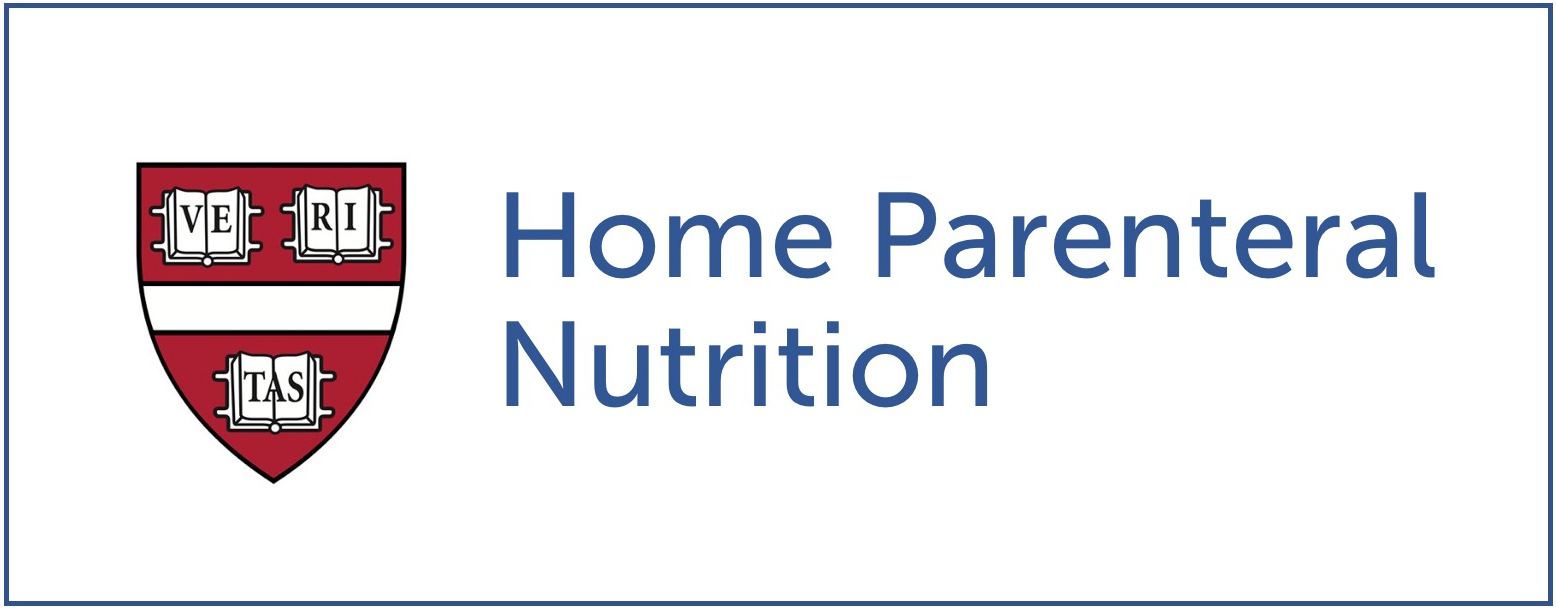 5 year-old female with HPN dependence secondary to meconium pseudo-cyst develops acute agitation, headaches and vomiting immediately upon infusing HPN, which is a new batch from that was delivered yesterday. Of note, there have been no recent HPN prescription changes. Patient lives with parents in a single room apartment in a housing shelter. In the emergency department, her sodium is 176 mmol/L (high) and blood glucose is normal. Head CT shows several new intraparynchemal hemorrhages. What is the next step?
5 year-old female with HPN dependence secondary to meconium pseudo-cyst develops acute agitation, headaches and vomiting immediately upon infusing HPN, which is a new batch from that was delivered yesterday. Of note, there have been no recent HPN prescription changes. Patient lives with parents in a single room apartment in a housing shelter. In the emergency department, her sodium is 176 mmol/L (high) and blood glucose is normal. Head CT shows several new intraparynchemal hemorrhages. What is the next step?
A. Reassurance, discharge to home, check outpatient labs in 1-2 weeks.
B. Check blood cultures. Start broad spectrum IV antibiotics. Run HPN solution from home.
C. Correct hypernatremia with IV fluids slowly. Testing electrolyte contents of HPN bag.
D. Consult child protective team for intentional salt poisoning. Put child into immediate hospital custody for possible child abuse given social concerns.
E. Consult endocrine for congenital adrenal hyperplasia vs. diabetes mellitus.
The correct answer is c. Correct hypernatremia with IV fluids slowly. Testing electrolyte contents of HPN bag. The patient has hypernatremia. The history of sudden onset symptoms coinciding with a recent HPN delivery is suspicious for pharmacy compounding error. Hypernatremia should be treated with IV fluids with slow correction. Cause of hypernatremia should be evaluated with urine and serum electrolytes and osmolality. Testing electrolyte contents of HPN bag is the gold standard for evaluating compounding errors. Reconciling HPN prescription versus compounding records is helpful as well. Of note, child abuse with salt poisoning can have an identical presentation, and patients with intestinal malabsorption are sometimes prescribed table salt supplementation. Child abuse should be considered when medical issues or history cannot be explained physiologically.

